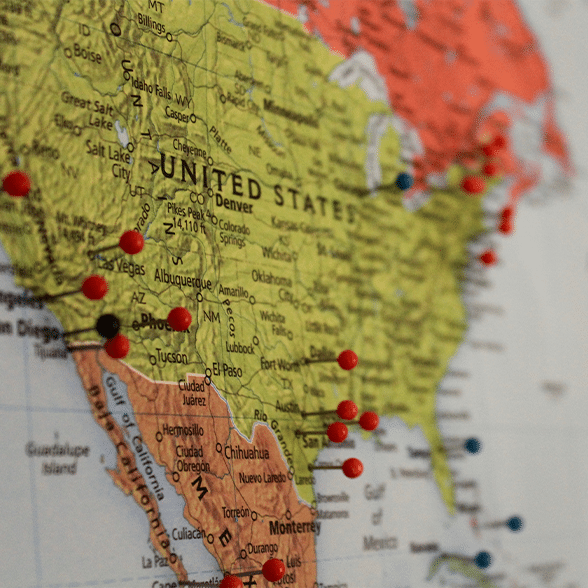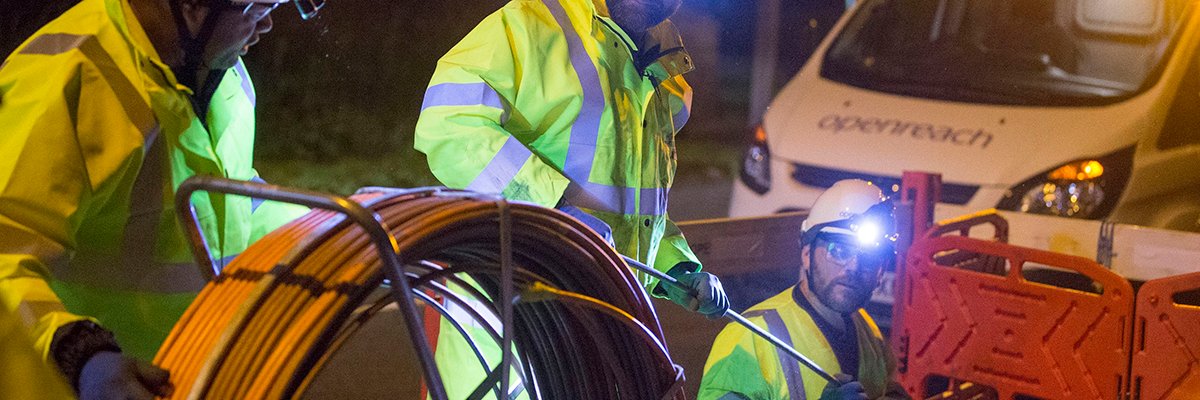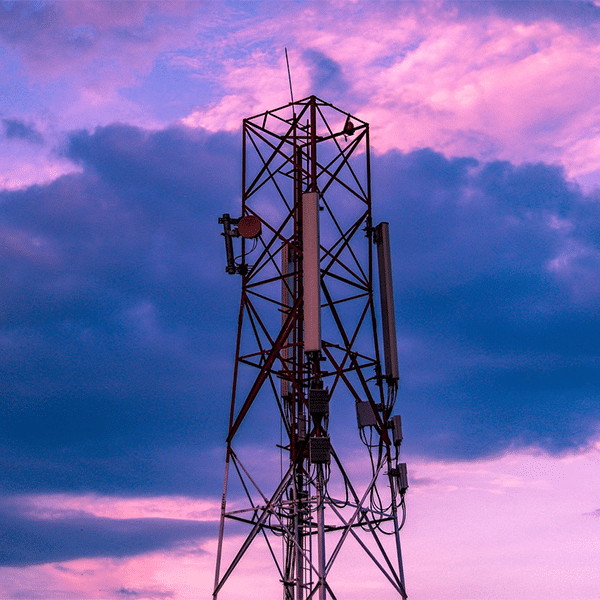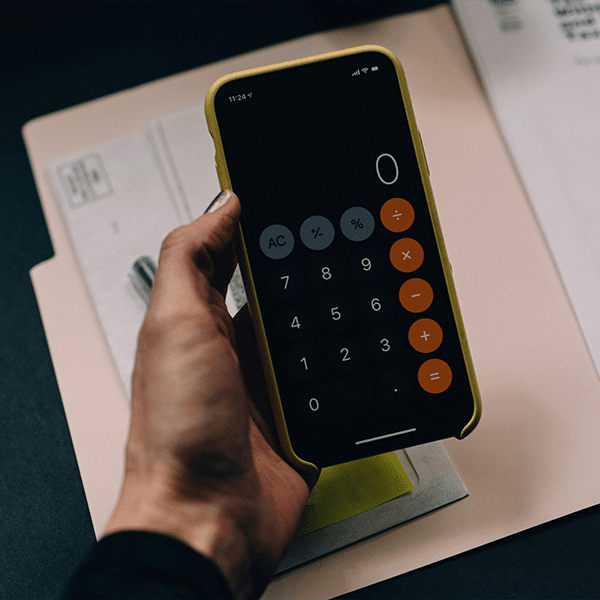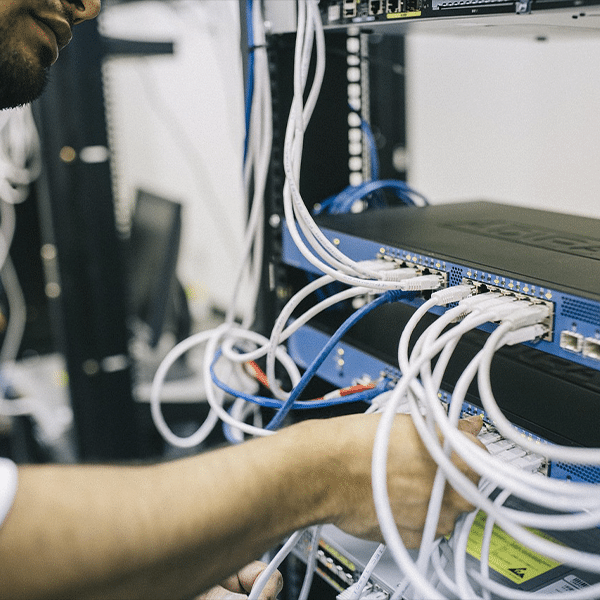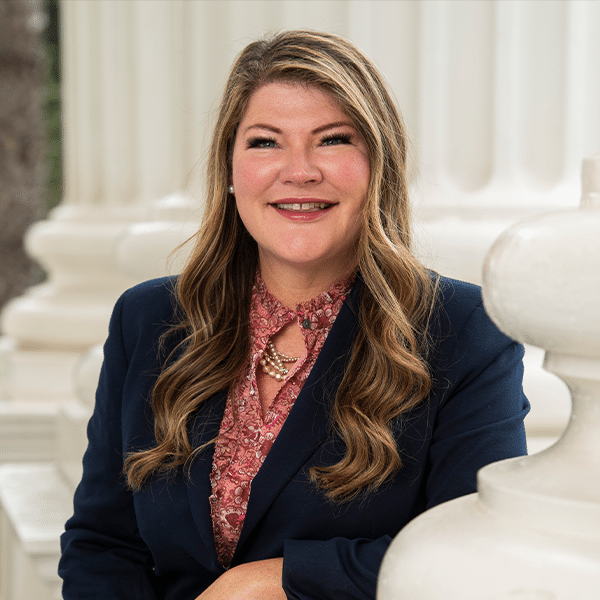#digital-divide
#digital-divide
[ follow ]
#internet-access #broadband-access #broadband #artificial-intelligence #north-carolina #broadband-expansion
Artificial intelligence
fromFortune
1 week agoUN warns about AI becoming another 'Great Divergence' between rich and poor countries like the Industrial Revolution | Fortune
AI risks widening global inequality as wealthy nations capture gains unless policies prioritize people, expand access to power, connectivity, skills, and inclusion for disadvantaged communities.
Digital life
fromSan Jose Inside
2 weeks agoSan Jose's Device-Lending Programs Hit a 2026 Budget Wall as Federal Support Ends
Pandemic-era library device lending programs face deep budget shortfalls, forcing reduced device availability and slower service, worsening digital-access gaps for disadvantaged users.
fromTelecompetitor
1 month agoThe Case for Fiber: A Necessity in the AI Age
The digital divide is evolving beyond household access to broadband. As artificial intelligence (AI) is woven into the fabric of everyday life - from smart homes and virtual assistants to creative and professional tools - a new divide is emerging: those with a fiber connection, and those without.
Digital life
fromBusiness Insider
1 month agoAI is the fastest tech in history, but billions left out: Microsoft
Artificial intelligence is spreading faster than any technology in history - but billions of people are being left behind. That's the conclusion of Microsoft's new "AI Diffusion Report," which maps how AI use, infrastructure, and innovation are spreading globally. The company said that more than 1.2 billion people now use AI tools, a rate of adoption that it said has outpaced electricity, computers, and the internet. Yet this rapid diffusion is uneven.
Artificial intelligence
fromFortune
1 month agoPut AI to work for people | Fortune
Reasonable people from all sides of the current AI conversation agree that this particular paradigm shift is just different. If you don't believe that, record 20 minutes of your own stream of consciousness with an application like Otter and ask it to summarize your thoughts. Or download RunwayML and have it turn photos of your friends into videos of them doing the tango.
Artificial intelligence
fromeLearning Industry
2 months agoGlobal Learning Gap: Can eLearning Help Bridge It?
While some learners attend top schools with endless resources, others face barriers such as poor infrastructure, unreliable electricity, no internet access, or the inability to afford even basic educational tools. The pandemic highlighted this divide even further because online learning became popular quickly, but those without devices or connectivity were left behind. At the same time, though, there's hope that eLearning can solve the global learning gap.
Online learning
fromwww.theguardian.com
2 months agoHow will childhood be changed by AI toys? | Letter
At the University of Cambridge's Play in Education, Development and Learning centre, we are conducting a study to understand the impacts of AI toys on children's development and relationships in the early years. Questions about how AI toys respond to children's input are central to this understanding. Do AI toys affirm love and friendship to a child, and what does that mean for the child's human relationships?
Artificial intelligence
fromTelecompetitor
4 months agoBad News, Good News About Tribal Broadband: Ookla Study
"Many Tribal governments are interested in having more ownership over telecom networks and are exploring different approaches, ranging from full ownership of infrastructure to partnerships with private entities such as ISPs or even creating a mobile virtual network operator (MVNO) model," wrote Ookla editorial director Sue Marek.
Digital life
fromTelecompetitor
4 months agoCongressional USF Working Group Asks for Reform Ideas
I'm committed to working toward a long-term solution for the Universal Service Fund and the communications services it supports. With our comment portal now open, I look forward to reviewing feedback with the goal of closing the digital divide for unserved and underserved communities across America.
US politics
fromHackernoon
2 years agoThe HackerNoon Newsletter: For Your Next Blog Post: Start Writing via HackerNoon Blogging Templates (7/26/2025) | HackerNoon
The digital divide is morphing into something far more insidious, impacting equity and access in higher education while highlighting the significant automation gap.
Tech industry
Education
fromstupidDOPE | Est. 2008
5 months agoClark Atlanta University and IBM Join Forces to Equip Students with AI Skills for the Future | stupidDOPE | Est. 2008
Clark Atlanta University partners with IBM to enhance AI skills and close the digital divide for students, especially from underserved communities.
fromIndependent
5 months agoRevealed: The stark difference between smartphone usage among eight-year-olds in Deis schools and better-off schools
The research reveals a stark contrast in smartphone ownership among Irish eight-year-olds, with more than half from less advantaged areas owning one, compared to 22% from middle-class backgrounds.
Digital life
[ Load more ]

